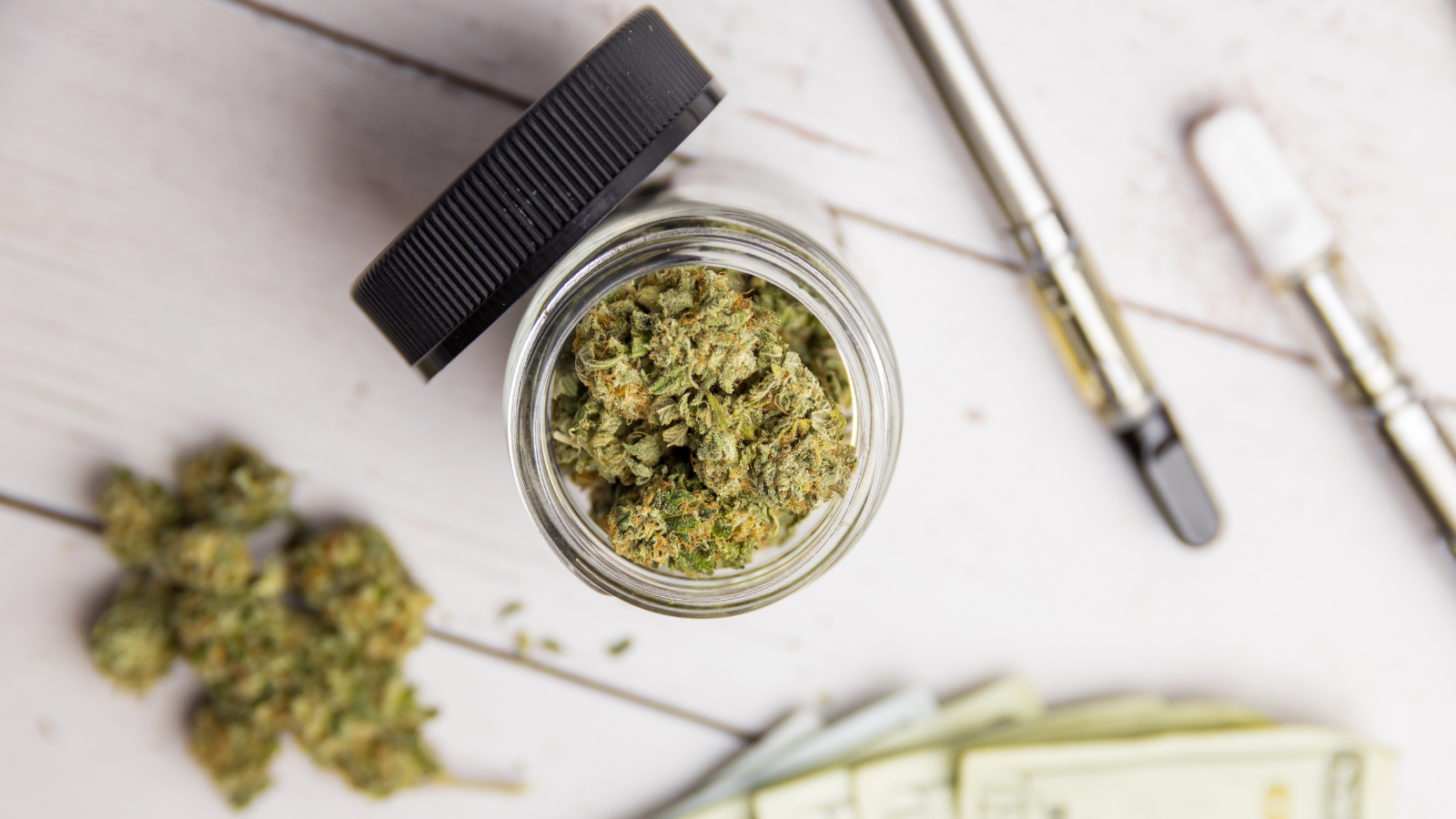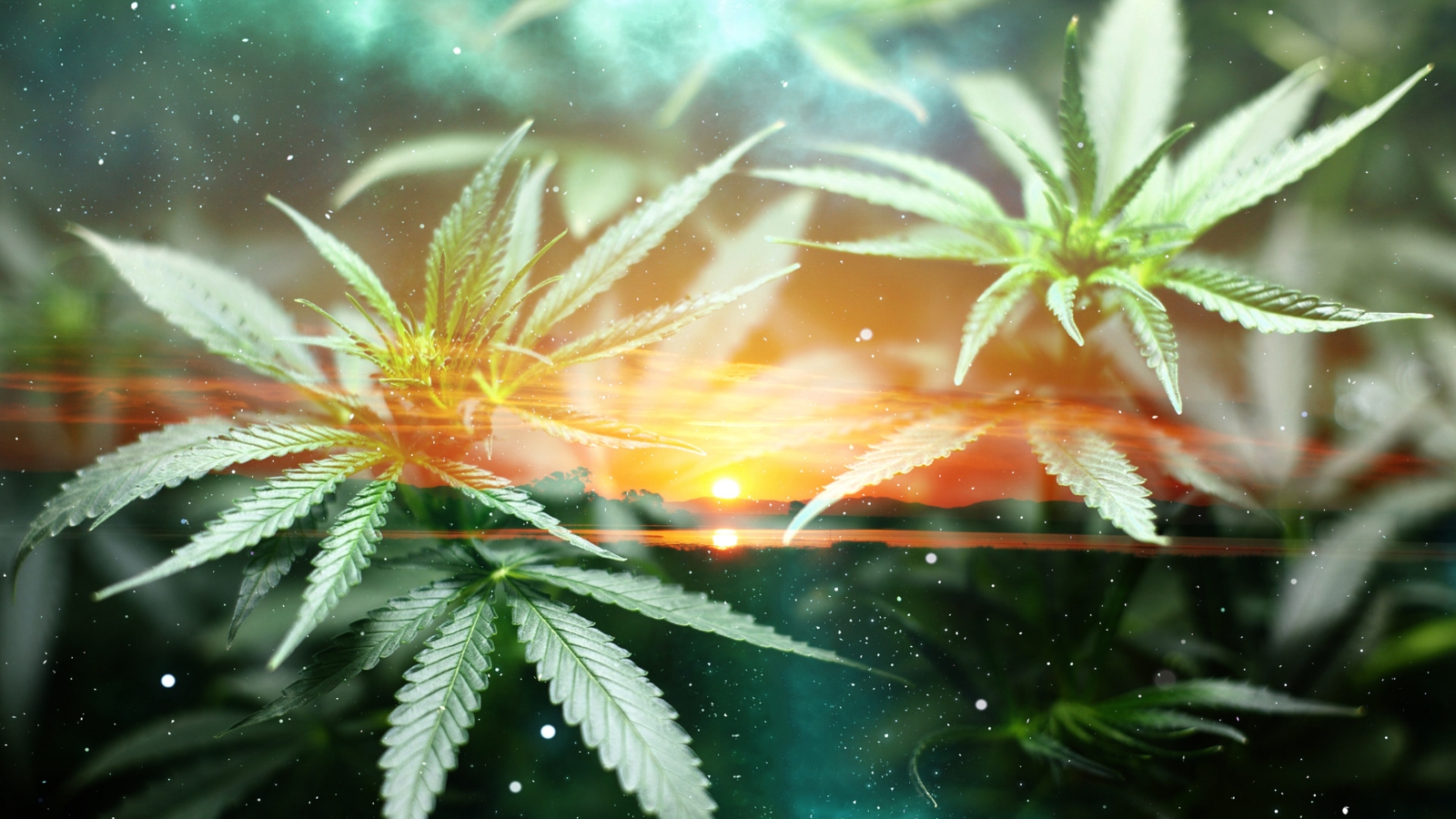Have you ever wondered what it would be like if Jimi Hendrix and Albert Hofmann got together and designed a cannabinoid experience? If so, welcome to the world of alternative cannabinoids, or ‘Alt Noids’ for short. This is the space where science and psychedelia meet, producing unique compounds that push the boundaries of what we thought possible.
Today, we’re going to dive deep into the world of HHC, HHC-O, and HHC-P, exploring their similarities, differences, and their place in the cannabinoid cosmos. Buckle up, because we’re about to go on a magical mystery tour of alt noids.
Overview: HHC vs HHC-O vs HHC-P
In the cannabinoid realm, THC and CBD may be the Lennon and McCartney, the dynamic duo that most people know and love. But there’s a new wave of cannabinoids, known as alt noids, knocking on the doors of perception. These include HHC (Hexahydrocannabinol), HHC-O (Hexahydrocannabinol-Oxide), and HHC-P (Hexahydrocannabinol-Pentyl).
Born out of the alchemical crucible of scientific curiosity, these compounds are synthesized using a variety of innovative techniques, and each one offers a unique spin on the classic cannabinoid experience. Now, let’s trip the light fantastically and explore these mind-expanding substances in more detail.

HHC vs HHC-O vs HHC-P: Similarities and Differences
Think of HHC, HHC-O, and HHC-P as variations on a psychedelic theme, each one playing a different tune that resonates with our endocannabinoid system. These substances are siblings in the vast cannabinoid family, each with its unique quirks and characteristics, much like the individual members of a classic rock band.
Chemical Structure
In terms of their chemical structure, HHC, HHC-O, and HHC-P are all derived from the same basic cannabinoid skeleton. They’re like different versions of the same song covered by the Grateful Dead, Bob Dylan, and Phish. They all have a similar vibe, but each brings its unique flavor to the mix.
HHC, short for Hexahydrocannabinol, possesses a fully saturated, or ‘hexahydro,’ cannabinoid structure. This means it’s more stable and less likely to degrade over time or under heat. Think of HHC as the bass player in our cannabis band – steady, reliable, and integral to the overall experience.
HHC-O, or Hexahydrocannabinol-Oxide, introduces an oxygen molecule into the mix. This gives it a slightly different tone and effect profile. HHC-O is like the drummer – it has a similar rhythm to HHC but brings a different energy to the performance.
Finally, we have HHC-P or Hexahydrocannabinol-Pentyl. It features a pentyl chain, subtly changing how it interacts with our endocannabinoid system. HHC-P is the lead guitarist, adding a new layer of complexity and color to the cannabinoid experience.
Effects and Benefits
Although these alternative cannabinoids exhibit similar structures, the experiences and advantages they provide can vary significantly, akin to comparing the catchy pop tunes of The Beatles to the expansive space-rock sagas of Pink Floyd.
HHC is known for its mild psychoactive qualities, providing an experience that can be as enlightening as it is vibrant. This might be similar to attending an enthralling reggae festival, brimming with vibrant colors and captivating bass rhythms. It’s chill and mellow, like a lighter version of Delta-9 THC. Users report relaxation, euphoria, and general feeling of being blissed out.
On the other hand, HHC-O brings about slightly more enhanced effects. The effects are similar to HHC, but with a bit more of an intensity, like the crescendo of a jazz improvisation building up to its climax.
HHC-P is more like a full-blown festival experience. It’s the strongest of the bunch, packing a hefty punch more closely related to Delta-9 than either HHC or HHC-O.
The range of effects and benefits offered by these distinct cannabinoids is extensive, and can be personalized to suit individual tastes, just as you’d choose the ideal music genre to enhance the rhythm and harmony of your life’s voyage.
HHC, HHC-O, and HHC-P Compared to Other Cannabinoids
When compared to other cannabinoids, HHC, HHC-O, and HHC-P offer a unique blend of effects. They may not be as potent as THC, but their unique properties can offer a more nuanced experience that some users may find more enjoyable. In comparison to CBD, these alt noids offer a more elevated experience, bridging the gap between the relaxing effects of CBD and the intense journey of THC.
Legal Status of HHC, HHC-O, and HHC-P
Navigating the legal landscape of cannabinoids can feel a bit like Alice tumbling down the rabbit hole into Wonderland. Laws and regulations vary from place to place, and they can change as quickly as scenes in a kaleidoscope. But fear not, dear reader, for we’re here to guide you through this labyrinth.
The Federal Act: 2018 Farm Bill
Let’s start with the 2018 Farm Bill, a piece of federal legislation in the United States that essentially gave birth to the hemp industry as we know it today. Under this bill, hemp and its derivatives were removed from the Controlled Substances Act, as long as they contain less than 0.3% THC.
Now, here’s where things get interesting. HHC, HHC-O, and HHC-P are synthesized from hemp-derived CBD, not directly from the plant. This puts them in a somewhat gray area legally. While they are not explicitly illegal, they aren’t legal either. It’s like a Pink Floyd song – open to interpretation, and everyone seems to have a different opinion.
State Laws
Just as the vibe at a Grateful Dead concert can vary from city to city, so too can the legal status of cannabinoids change from state to state. While federal law might be a bit blurry on the status of alt noids like HHC, HHC-O, and HHC-P, some states have crystal clear regulations. For instance, states like Colorado, with more developed and regulated cannabis markets, have laws explicitly prohibiting the manufacture and sale of synthetically derived cannabinoids.
International Law
In the global arena, the legal status of these alt noids is as varied as the cultural influences in a Beatles song. Some countries have strictly regulated cannabinoids, while others have a more laissez-faire approach. Always make sure to check the laws in your country before embarking on your alt noid journey.

How to Shop for Alt Noids
Like a crate-digger searching for vinyl gold, shopping for alt noids requires a discerning eye and a savvy approach. Always look for reputable sources that provide lab tests for their products, ensuring you get a safe, high-quality experience. Professional packaging is also a good sign, as it shows the provider cares about their product and their customers.
You wouldn’t dive headfirst into an experience without knowing your dose, right? The same goes for alt noids. Make sure the dosage and potency information is clearly stated and easy to understand. Remember, in this world of cannabis exploration, knowledge is power, and the more you know, the better prepared you’ll be for the journey ahead.















